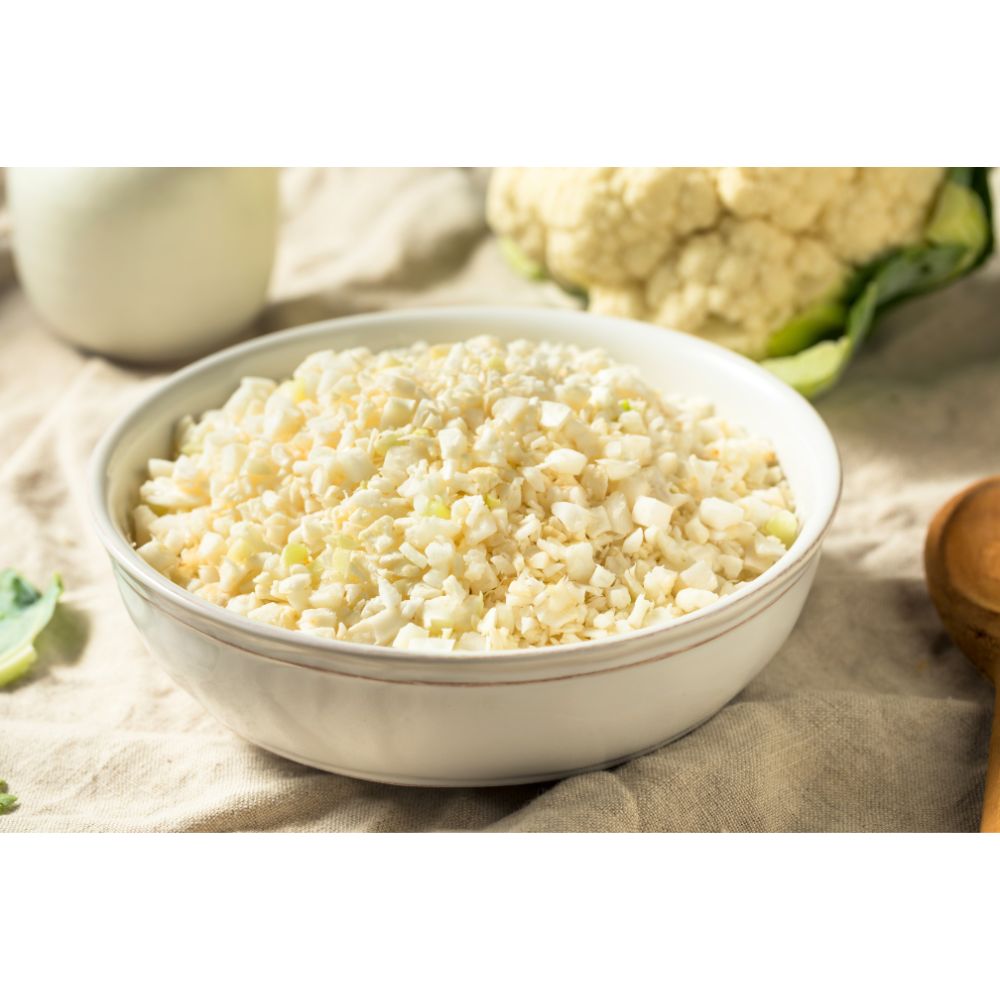Brown rice is often hailed as a nutritious whole grain, rich in fiber and essential nutrients. However, if you’re looking to diversify your meals or seek alternatives for dietary reasons, there are plenty of options available. Whether you’re aiming for different flavors, textures, or health benefits, here are some great alternatives to brown rice that can fit into your meals seamlessly.
1. Quinoa
Nutritional Benefits
Quinoa is a nutrient-dense grain that is packed with protein, fiber, and essential amino acids. It’s a complete protein, providing all nine essential amino acids that the body cannot produce on its own.
Culinary Uses
Quinoa has a slightly nutty flavor and fluffy texture, making it a versatile option for salads, bowls, and as a side dish. It cooks quickly and can be used in place of brown rice in most recipes.
2. Cauliflower Rice
Nutritional Benefits
Cauliflower rice is a low-calorie, low-carb alternative that is rich in vitamins C and K, as well as fiber. It’s a great option for people trying to cut back on their intake of carbohydrates.
Culinary Uses
Cauliflower florets are easily made into rice by pulsing them in a food processor until they resemble rice grains. It can be sautéed, steamed, or used as a base for stir-fries, adding a light texture and absorbing flavors well.
3. Barley
Nutritional Benefits
Barley is a whole grain that is high in fiber, particularly beta-glucans, which can help lower cholesterol levels. It’s also a good source of vitamins and minerals, including selenium and magnesium.
Culinary Uses
Barley has a chewy texture and slightly nutty flavor, making it a great addition to soups, salads, and grain bowls. It takes longer to cook than brown rice but adds a hearty element to any dish.
4. Farro
Nutritional Benefits
Farro is an ancient grain that is rich in fiber, protein, and iron. It offers a robust nutritional profile, providing more nutrients than white rice and comparable benefits to brown rice.
Culinary Uses
With its chewy texture and nutty flavor, farro works well in salads, risottos, and as a side dish. It takes about 30 minutes to cook and can easily replace brown rice in various recipes.
5. Bulgur
Nutritional Benefits
Bulgur is made from whole wheat and is high in fiber and protein. It is quick to prepare and contains essential nutrients like iron and magnesium.
Culinary Uses
Bulgur has a mild flavor and can be used in tabbouleh, pilafs, or as a base for grain bowls. It cooks quickly, often requiring just soaking in hot water, making it a convenient choice.
6. Millet
Nutritional Benefits
Millet is a gluten-free grain that is high in magnesium, phosphorus, and antioxidants. It is also easily digestible and has a low glycemic index, making it suitable for blood sugar management.
Culinary Uses
Millet can be cooked to a fluffy texture or made into a porridge-like consistency. It can be used in salads, as a side dish, or even as a breakfast option.
7. Brown Rice Pasta
Nutritional Benefits
For a gluten-free alternative that still provides the texture of rice, brown rice pasta is a great option. It contains similar nutrients to brown rice, including fiber and B vitamins.
Culinary Uses
Brown rice pasta can be used in various dishes, from pasta salads to stir-fries. It cooks similarly to traditional pasta, making it an easy swap.
Conclusion
There are many delicious and nutritious alternatives to brown rice that can enhance your meals. Whether you’re looking for more protein, fewer carbs, or simply a change in texture, options like quinoa, cauliflower rice, barley, farro, bulgur, millet, and brown rice pasta can provide variety and health benefits. Experiment with these alternatives to find the ones that suit your taste and dietary needs best!

